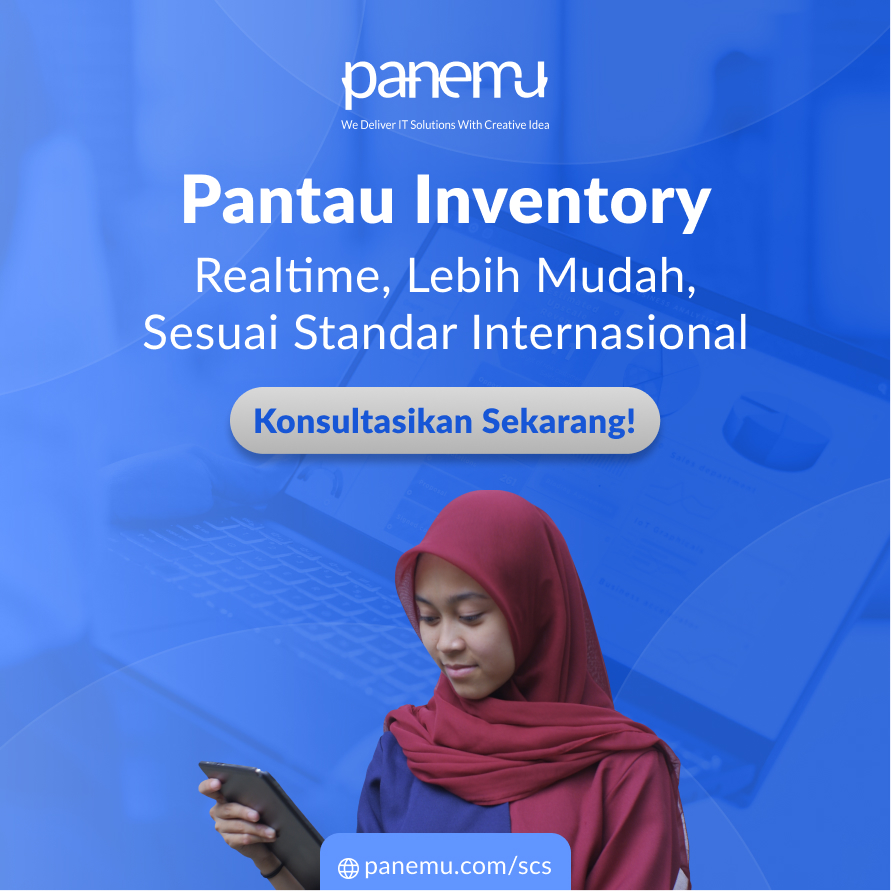In the intricate world of industrial operations, the management of Maintenance, Repair, and Operations (MRO) inventory plays a pivotal role. Effective Item Lifecycle Management (ILM) ensures that every component, from procurement to disposal, is optimized for performance, cost-efficiency, and reliability.
Understanding Item Lifecycle Management
Item Lifecycle Management encompasses the entire journey of a product or component—from its initial acquisition, through its operational use, maintenance, and eventual disposal. In sectors like oil, mining, gas, manufacturing, retail, and electric power, where equipment uptime is critical, ILM becomes indispensable.
The Importance of MRO Inventory Optimization
Optimizing MRO inventory is not just about cost savings; it's about ensuring operational continuity. Studies have shown that:
- 50% reduction in unplanned downtime related to parts.
- 40% reduction in inventory costs.
- 35% savings in maintenance budgets.
These figures underscore the tangible benefits of a well-managed MRO inventory system.
Challenges in MRO Inventory Management
Despite its importance, MRO inventory management faces several challenges:
- Overstocking and Understocking: Both scenarios can lead to increased costs and operational delays.
- Obsolete Parts: Technological advancements can render certain parts obsolete, leading to wasted storage space and capital.
- Lack of Visibility: Without real-time data, tracking inventory levels and usage becomes cumbersome.
- Siloed Departments: Poor communication between departments can result in redundant purchases and inefficiencies.

Best Practices for Effective ILM
To navigate these challenges, organizations can adopt the following best practices:
- Implement Predictive Maintenance: By anticipating equipment failures, companies can schedule maintenance proactively, reducing downtime by up to 60%.
- Centralize Inventory Management: Consolidating inventory data across departments enhances visibility and coordination.
- Regular Audits: Periodic checks help identify discrepancies, obsolete items, and areas for improvement.
- Leverage Technology: Utilizing advanced inventory management software provides real-time insights, aiding in decision-making.
- Train Staff: Ensuring that employees understand the importance of ILM fosters a culture of accountability and efficiency.
Real-World Impact
A major food manufacturing corporation implemented predictive inventory management and achieved over $90,000 in savings by optimizing stocking levels without increasing the risk of stockouts.
In the mining sector, companies using AI-driven MRO inventory optimization have reported:
- 10-20% reduction in working capital.
- $20 million in cost avoidance/savings.
- 2-3x return on investment.
The Role of SCS and Cataloguing Services
To further enhance ILM, integrating services like Smart Cataloguing System (SCS) and Cataloguing Services can be transformative. These solutions offer:
- Standardized Data: Ensuring consistency across inventory records.
- Improved Searchability: Making it easier to locate parts and components.
- Enhanced Decision-Making: Providing accurate data for procurement and maintenance planning.
By adopting SCS and Cataloguing Services, organizations can streamline their MRO processes, reduce costs, and improve operational efficiency.
Conclusion
Effective Item Lifecycle Management is not just a logistical necessity; it's a strategic imperative. By understanding and optimizing each phase of a product's lifecycle, organizations can achieve significant cost savings, reduce downtime, and enhance overall operational performance.
Embracing solutions like SCS and Cataloguing Services further amplifies these benefits, positioning companies at the forefront of efficiency and innovation.
Note: For a comprehensive solution tailored to your organization's needs, consider exploring the offerings at Panemu's Smart Cataloguing System.
